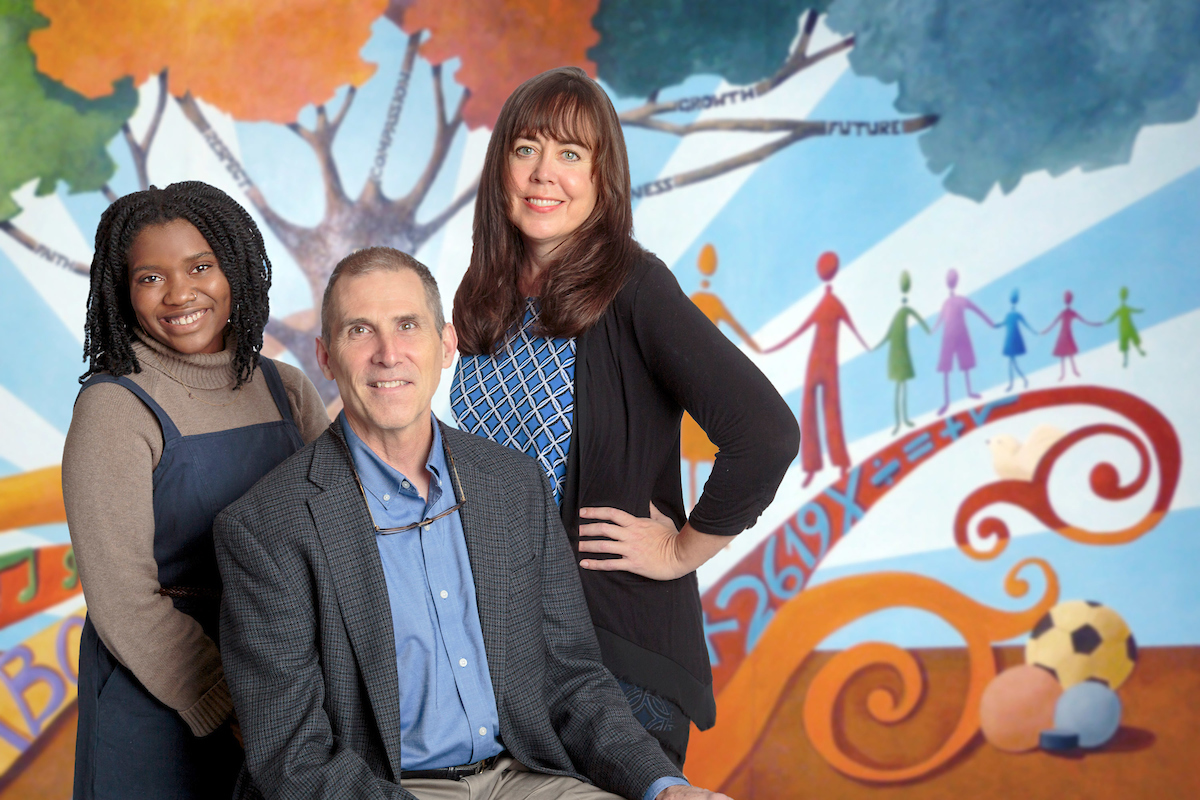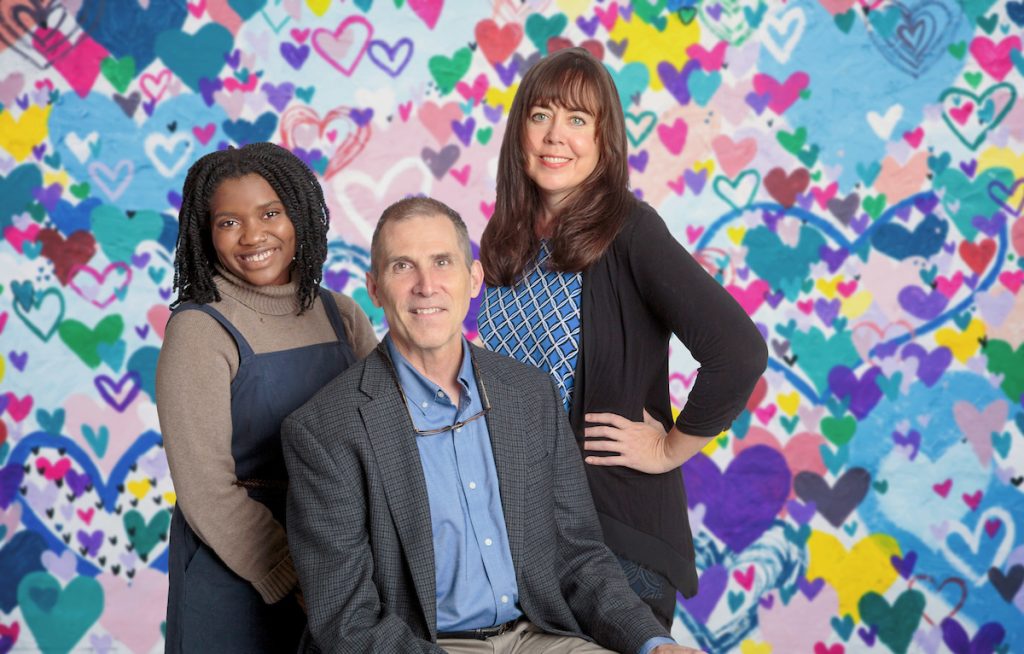UA Little Research Study Finds How Collaborative Networks in Arkansas Work Together to Help Foster Children and Families

A University of Arkansas at Little Rock research team is investigating how a successful collaborative foster care network is run in Arkansas. The goal of the study is for the lessons learned in Arkansas to be used to help other foster care networks across the country.
Dr. Gerald Driskill, a professor of applied communication at UA Little Rock, has received a $20,000 grant for the project, “Caring for Foster Children: Understanding and Improving Collaborative Networks between non-for-profits, congregations, and DCFS.”
The project was sponsored by the More Than Enough Initiative, a collaborative movement facilitated by the Christian Alliance for Orphans (CAFO) community, which shares a vision for “children and families in foster care to go from not enough to more than enough.”
Driskill worked with two graduate students, Michelle Malone, a native of Eau Claire, Wisconsin, and Chantel Ceaser, of Fort Smith, in the M.A. in Applied Communication Studies program. They also partnered with Michelle Douglas of The CALL and Lauren Lintz and Ray William from City Church Network.
Their goal was to understand the practices being used to navigate the challenges in collaboration between The CALL (a nonprofit supporting congregations working with foster children), congregational leaders, Children’s Home leaders, and supervisors from the Division of Children and Family Services (DCFS).
“I felt awed by the stories and words the interviewee had shared,” Malone said. “Many of these stories were about those with servant hearts who continued to persevere. Even after experiencing trial after trial, they gave their time and energy towards the cause of connecting congregations with the state to assist in finding homes for children in foster care, including providing support for foster families through the entire process.”
Their analysis found seven challenges involved in collaborative foster care networks:
- Launching a network and engaging the whole congregation
- Retaining foster families
- Engaging with DCFS
- Overburdened DCFS Case Workers
- Hard to Place/Support Children
- Lack of Diversity/Recruiting Minority Foster Parents
- Reducing the need for foster/adoptive families
“One of the biggest problem areas is simply launching, recruiting, and sustaining this type of network,” Driskill said. “There are many good works taking place in our community, and the leaders need to go congregation to congregation to convince congregations that taking care of children should be the priority.”
The research team interviewed 33 participants around the state, including church leaders, leaders and volunteers at The Call, DCFS supervisors, and leaders of children’s homes. The primary goal of the study is to make readily accessible the network building and strengthening practices these individuals have created to serve vulnerable children and families. The research report provided best practices for how to deal with the seven main problems found in a collaborative foster care network.
“I learned that there are many ways for people to get involved in foster care, and if every church in Arkansas adopted one child, there would be no kids waiting in foster care,” Ceaser said. “I would add that if you can make a meal, babysit a child, be a listening ear, and a helping hand, then you can get involved in foster care.”

Positive leaders often engage congregational leaders to view foster care as a “non-option” based on the need and scriptures to care for the community’s most vulnerable members. Members of The CALL encouraged congregations to provide support for foster families in their congregation, to identify foster families as missionaries, and to empower foster care advocates within the church.
“I would encourage pastors to see this is not a niche like ministry,” said Dr. Kevin Daley, a pastor for First Baptist Church in North Little Rock who volunteers with The Call. “It’s more of when we are loving our communities, and we’re really looking at reaching the most vulnerable fragile people in our community. That’s going to be one of the antidotes for foster care.”
Despite the challenges found while working with foster and adoptive families, the research team found that most of the participants felt that helping children and vulnerable families was a mission from God.
“The theme of prayer was implicit and explicit from our participants and must continue to be focused on prayer and a desire then to focus on relationships,” Driskill said. “In short, these best practices are not a manual or recipe. Rather, they should be seen as what grew out of and continues to grow out of the hearts and lives of men and women serving children and families with heart and faith.”
The final report has been shared with the More Than Enough Initiative, who will use the information to help foster care families around the country through its national network.
“Our faculty is involved in collaborative work in our university that makes a difference,” Driskill said. “We are excited to see what will help our community move forward. This research will help children and address racial inequity in the future.”
